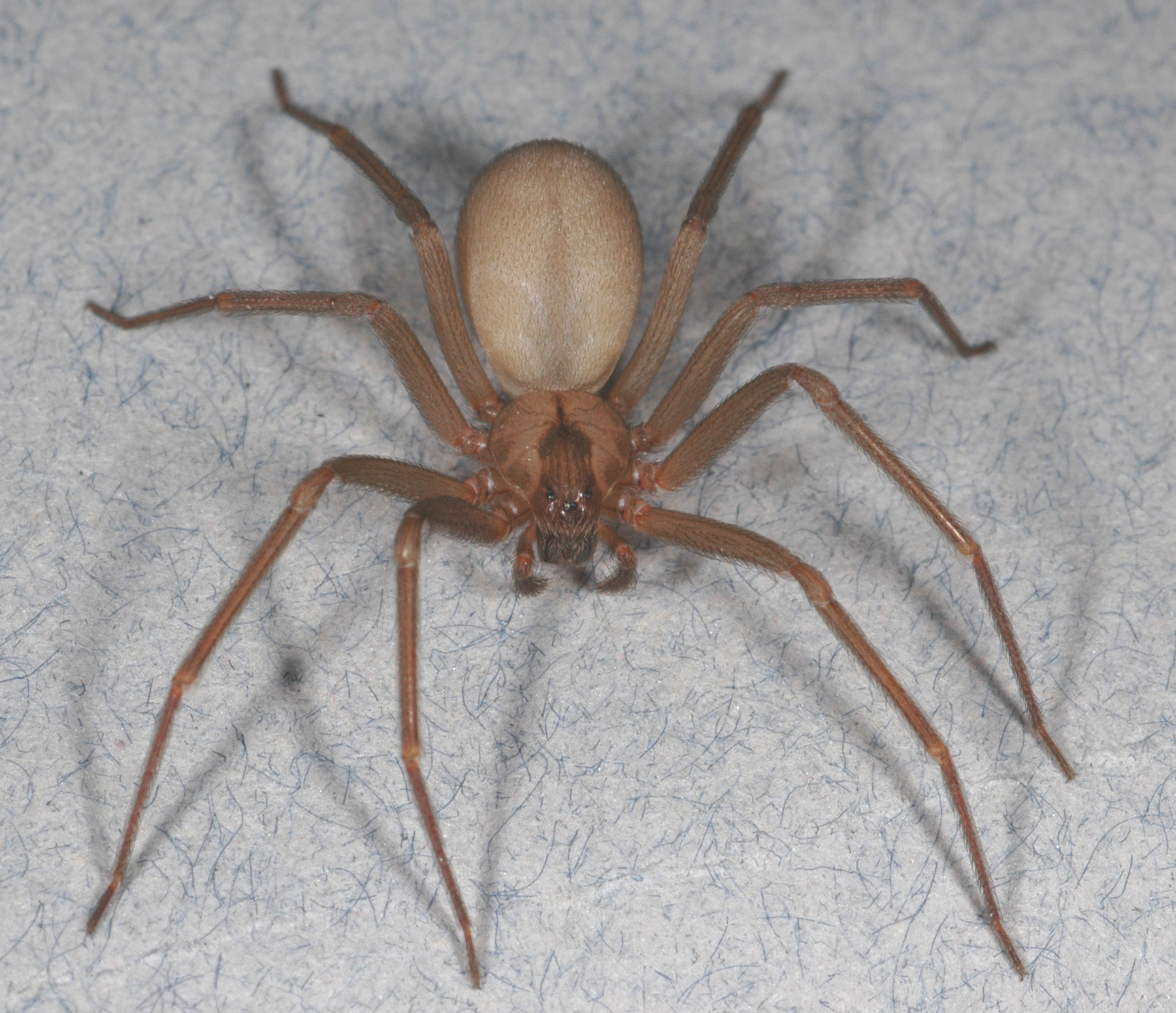
The brown recluse spider is not as big of a threat as many think
The brown recluse spider is not nearly as much of a widespread threat as it has been portrayed to be, according to a study from the University of California, Riverside. Researchers are working to counter misconceptions about the spider, which is often blamed for a variety of unrelated medical conditions.
Retired entomologist Richard S. Vetter has spent much of his career focused on separating fact from fiction when it comes to the brown recluse. He says that for decades “negative word of mouth in the general public gave life to the myth of the brown recluse, without a countering voice.”
The brown recluse, or Loxosceles reclusa, can cause serious tissue damage or even death in humans, and in areas within the species known range it must be regarded with great caution. However, Vetter explains that the brown recluse is not as big of a threat as it is perceived to be, particularly in locations far outside of its known range.
Vetter teamed up with pest management consultant Stoy Hedges to develop a guide that will aid both the public and pest control professionals in identifying and managing the brown recluse.
The authors describe the brown recluse as having a violin-shaped marking, but they say it is more accurately identified by its six eyes. These consist of three pairs in a U-shape line with a space between each pair.
When found in homes, the spiders will most likely reside in dark spaces that they can crawl under or behind. The study authors point out that brown recluses “are reluctant to bite and so even in heavily infested homes, confirmed recluse bites are uncommon.”
The brown recluse is located in a range from southeastern Nebraska to southwestern Ohio, south to northwestern Georgia and into Texas. According to the experts, occurrences outside of this range are exceedingly rare.
Vetter and Hedges recommend continued monitoring by a pest management professional to control an infestation. They also emphasize that “in areas where recluses are indigenous, the occasional recluse sighting is a fact of life.”
The guide is published in the Entomological Society of America’s Journal of Integrated Pest Management.
—
By Chrissy Sexton, Earth.com Staff Writer
Image Credit: Richard S. Vetter












